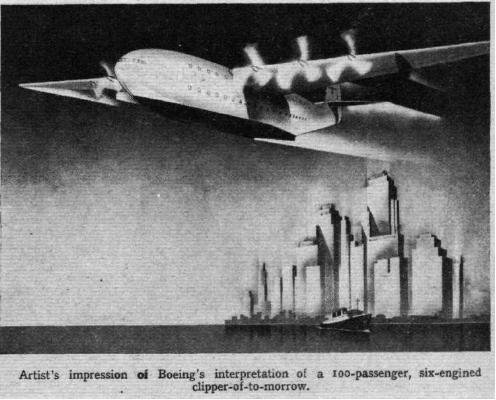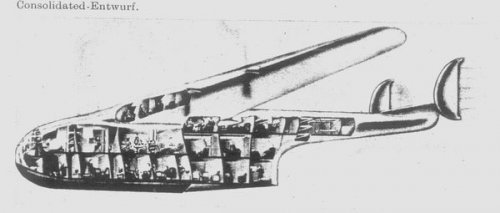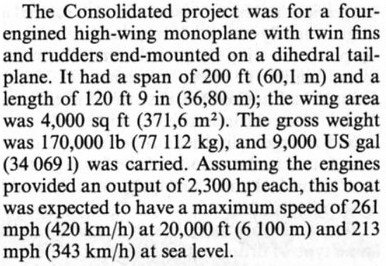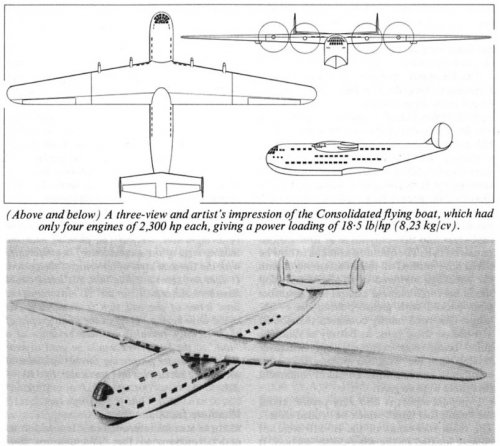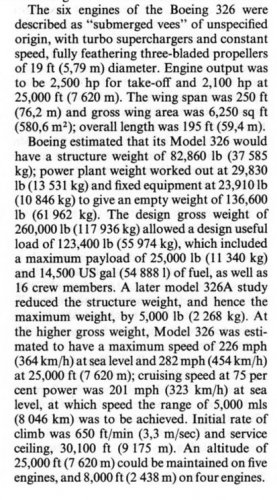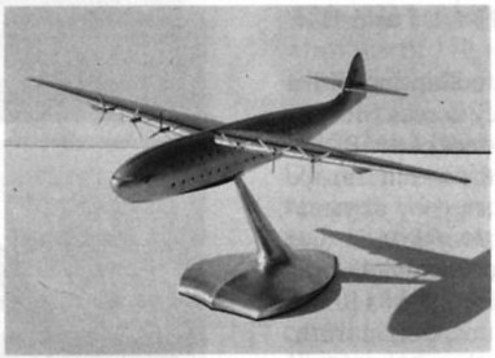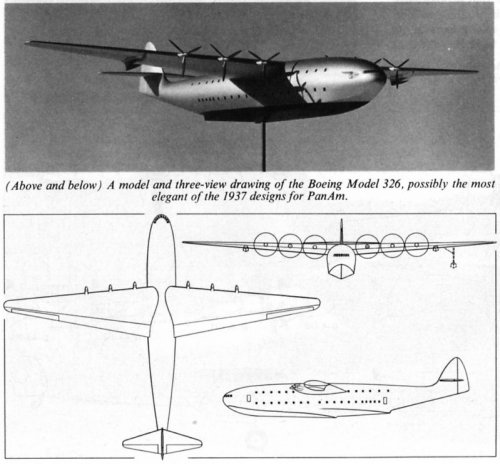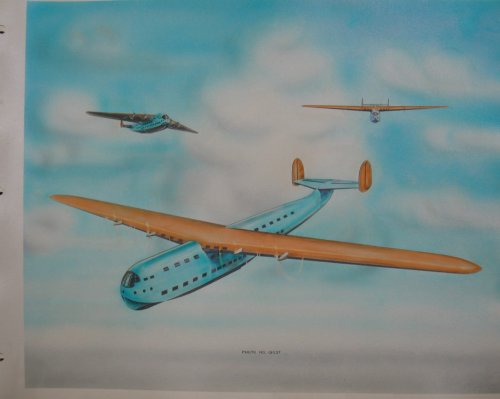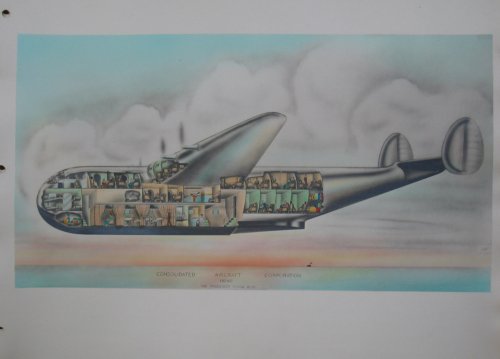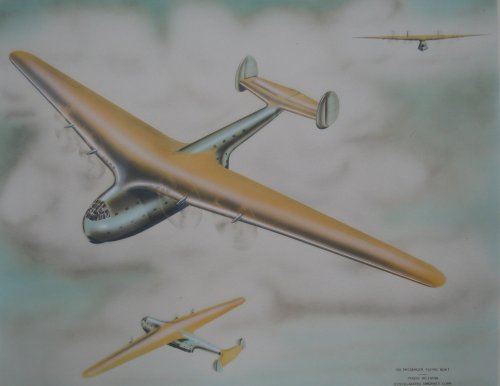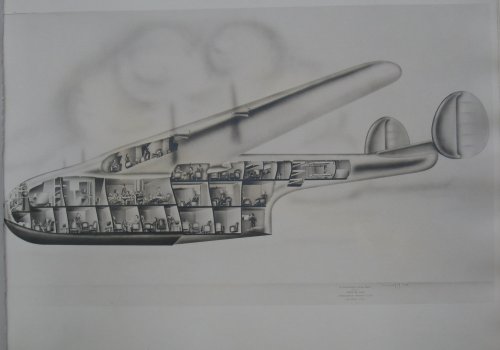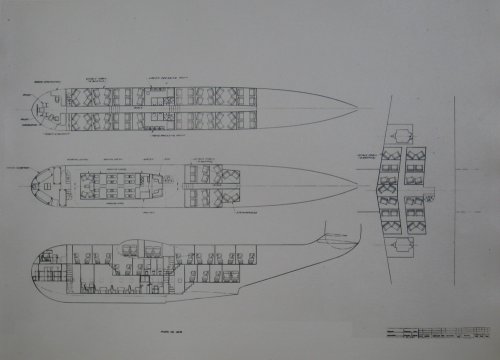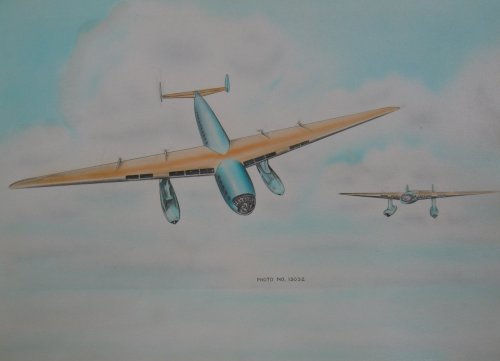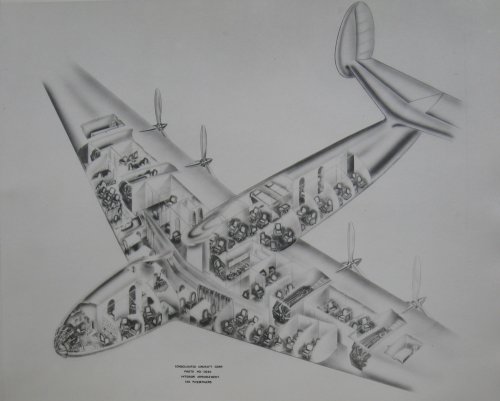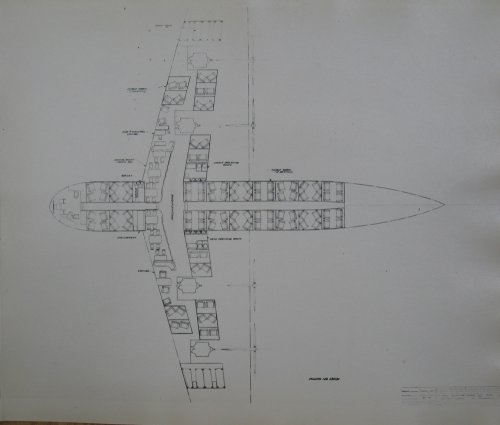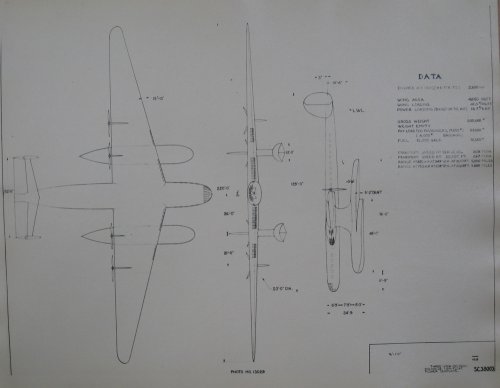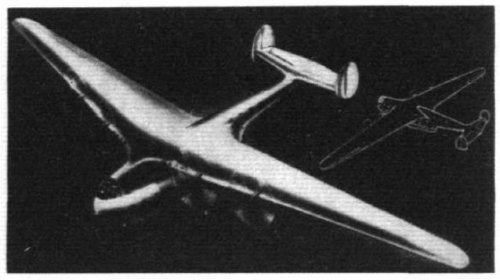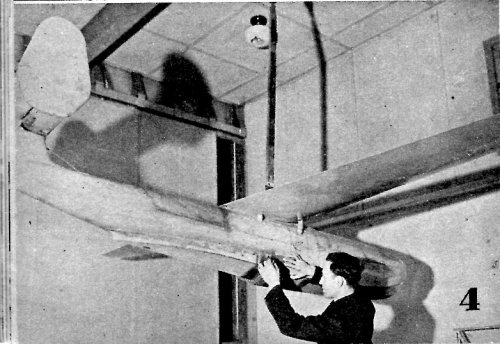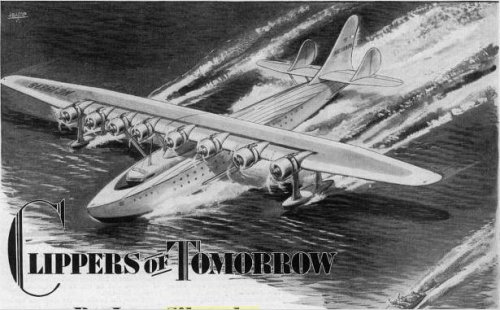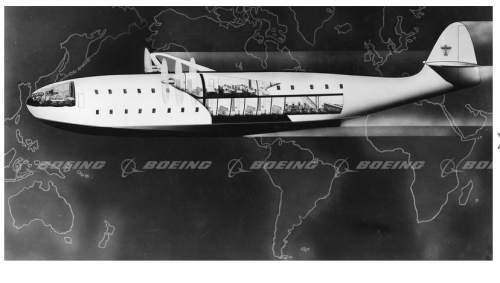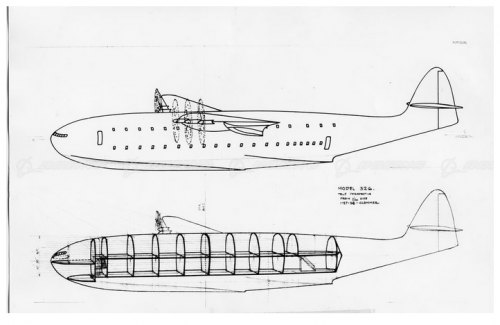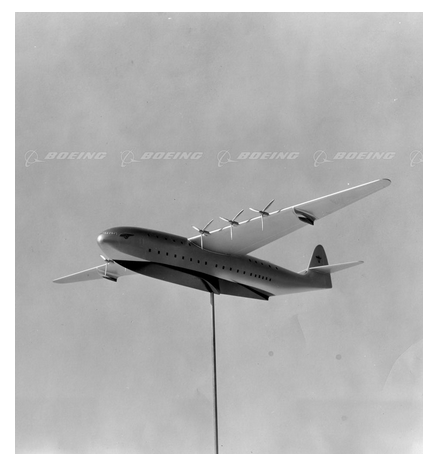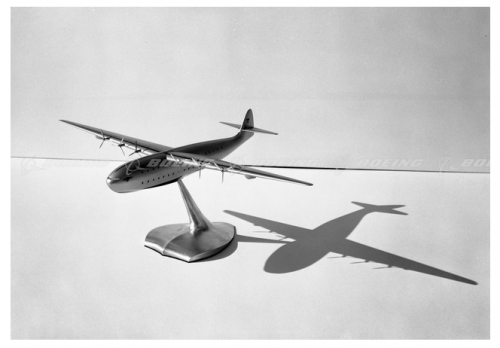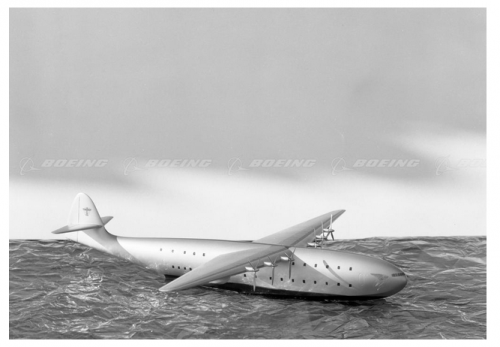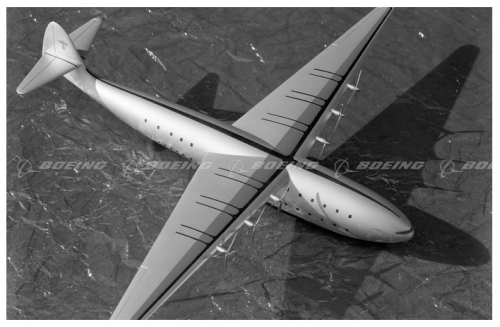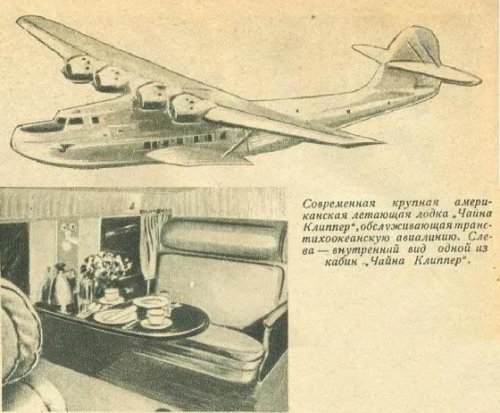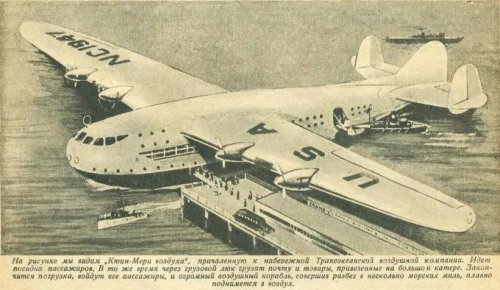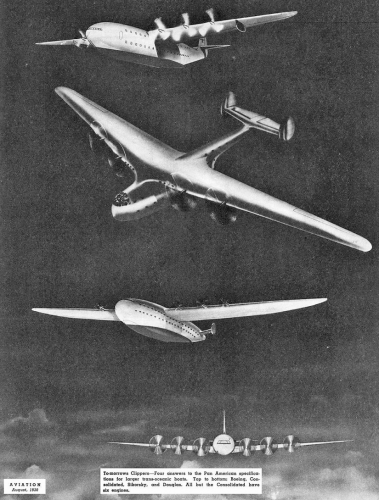11/1/10 caravellaria: monopolist Trippe. He did establish the carrier as an "Instrument" of foreign policy; he did choose marine ops, in part due to the dearth of concrete, in part because the Anglo world-wide presence was on littorals (we had left dark Africa to the French, darkest to the Belgians). But...Trippe's+any others' business volume would be modest, fleet sizes small. Military R&D/Production Investment funding would be needed, from which a dozen or so airline deliveries might be sustainable at market. The reported price which UK paid (not Lend/Lease) for 3 Boeing 314A Clippers (XB-15 wing) for BOAC in 1941 was $1Mn. each - which was a lot! So all these magnificent schemes would have needed access to the funding that actually went to Consolidated PB2Y-3B Coronado, Martin PBM-3B Mariner and (XPB2M) JRM-1 Mars (in UK, Short/Saro S.35 Shetland). US duplicated its transport gigantosaurii from 1940 with landplanes Consolidated XC-99, Lockheed XRO-6 Constitution, and the original 6-pack Boeing 377 Stratocruiser and Douglas XC-74...but the concept was not to sink 'boats, but to haul military loads heedless of economics, in the absence of en route land or marine ports.
The game was changed by the landbase chains actually secured, and the cascades of C-54 (DC-4)/C-69 (L-049), superlative medium-range, evolving as (generally) reliable longer-range machines which could be operated at tolerable seat/freight rates. As late as 1948 British S American Airways was still planning to unload its interim landplane Avro Tudors for its bespoke, pseudo-Clipper Saro SR.45 Princess. That had been funded in May,1946 as joint civil, BSAAC, 3 ordered (4 more added early 1948 for BOAC)/military to an RAF Coastal Command MR Requirement, to be (R.2/48)R.112D, put out to tender in 1948 for 80 of them. Bids all paid homage, I submit, to schemes in this post: Blackburn B-78, Short P.D.2, Vickers-Supermarine T.524; the winner Saro P.162 was not cancelled until 1955. Flying boats were throttled not only by strips of concrete: enhanced landplane engine reliability/economy was a prime factor, and that was not evident much before 1954 (Stratocruisers shedding props, B-29 powerplant inflammability as Japan's Secret Weapon).

